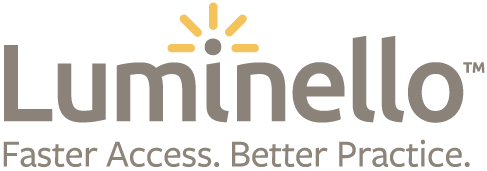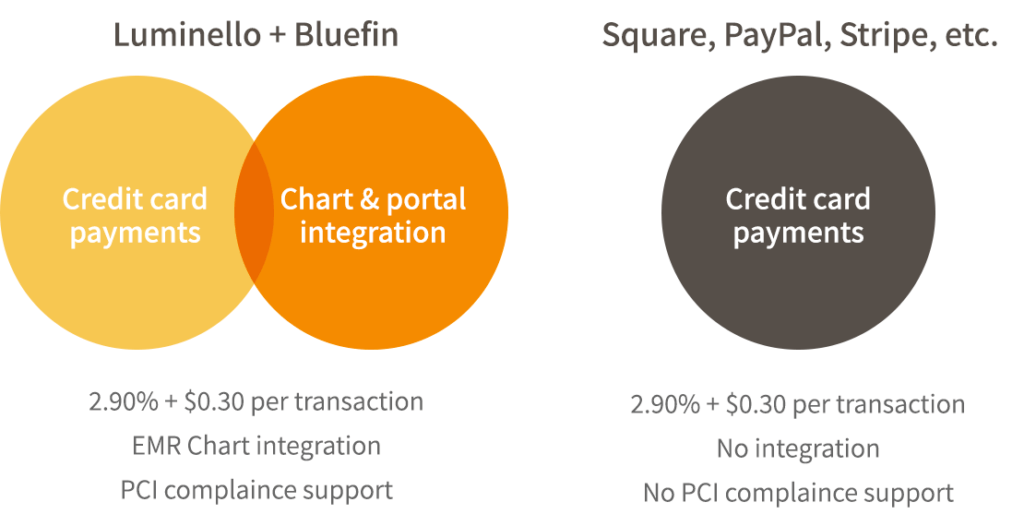Dr. Moreno, please tell us a little about your background.
Dr. Moreno: I am a pediatrician and adolescent medicine specialist. My primary areas of research are social media and problematic Internet use.
What exactly is Internet addiction and where did the idea of it come about?
Dr. Moreno: A lot of the early literature used the term “Internet addiction” as something that was synonymous with other addictive behaviors. In some research they would take a scale, for example, for substance use, and essentially just “white-out” everywhere that said “substance use” and replace it with “Internet addiction.” That fascinated me because it didn’t seem like a very evidence-based approach, and I wasn’t sure whether Internet use was going to function like substance use or like a problematic behavior like gambling. Internet addiction early on was defined as essentially the same thing as a substance use disorder, with qualities like dependency and excessive and compulsive use. In my research, I tried to approach it more as a blank slate and look at what aspects of Internet use would make it problematic.
What did you find?
Dr. Moreno: We did a study that will be published in the coming months, where we worked with a large group of college students and adolescent and college health providers, including primary care providers, psychiatrists, and mental health counselors, to define what this is. Not surprisingly, there is a lot of overlap with other addictive behaviors. There is overuse, excessive use, and compulsivity—the idea that when you walk away from your computer you are thinking about it or you can’t put your phone down. But there is an interesting angle in that we found risky use was a component, too—the idea that the way you use the Internet matters as well as how much you use it.
What do you mean by risky use?
Dr. Moreno: Risky Internet use is doing things that you wouldn’t do in offline life that now you do online, things like looking at pornography and bullying other people. So if people are using the Internet in a way that introduces them to behaviors that are not part of their offline life, then that gets them ensnared in using the Internet for maladaptive behaviors. We also think of risky behavior in terms of social consequences; by engaging and centering social life within the Internet, adolescents and young adults are not getting offline experiences that are critical for their development. If people are using the internet to the exclusion of making contacts in the offline world, they may fail to build an identity and establish a peer group, which may be to their detriment for the rest of their lives.
So does Internet addiction have a withdrawal syndrome?
Dr. Moreno: People have described a feeling of withdrawal even in the short-term acute sense—when they can’t get access to their phones for a couple of hours and can’t concentrate in class because of it, for example.
Is problematic Internet use common?
Dr. Moreno: The prevalence estimates are all over the place. European prevalence estimates are between one and nine percent, Asian prevalence between two and 18 percent, and in the States it is between zero and 26 percent (Moreno MA et al, Arch Pediatr Adolesc Med 2011;165(9):797–805). One of the better scales, the Young Internet Addiction Test, has found a prevalence in the 7% to 10% range in the US (see the Young test athttp://bit.ly/TE4wA).
How do you treat it?
Dr. Moreno: To study this, my research assistant and I took advantage of a naturalistic experiment when I was at the University of Wisconsin in which all women rushing a sorority were required to deactivate their Facebook accounts for the entire length of the rush period. So we studied those women before the period where they shut off their access, and then during, and then after. It was a small pilot study so it really isn’t something to take to the bank, but the data suggested that, when the women were not using Facebook, social anxiety decreased, perceived stress decreased, and for some people depressive symptoms decreased. What makes problematic Internet use so fascinating in comparison to things like substance use is that typically the gold standard treatment is abstinence, but it is impossible to get through school and find a job without using the Internet. So treatment is hard.
How should we screen for this disorder?
Dr. Moreno: This is difficult because in a systematic review we couldn’t find a single screening instrument that had actually gone through validation on its own, although the Young Internet Addiction Test had some nice studies after it was already in use. It is somewhat out of date, though—some of the questions are about things like chat rooms that were quite relevant 10 years ago but really aren’t now. My graduate assistant built an evidenced-based screening instrument that has held up very well in different validity tests.
So this brings us back to the question: Does Internet addiction actually exist?
Dr. Moreno: I am still not sure if it exists. I love doing this work even with a huge dose of skepticism. Can you be addicted to the Internet as a whole, or is it a series of pieces of addiction? For example, is a video game addiction online different from Facebook addiction, and is that different from the compulsive checking of a smartphone?
To change gears, talk to us a little bit about Facebook.
Dr. Moreno: The bulk of my work has been in the area of social media. I became interested in this during my adolescent medicine fellowship when I was seeing patients who were referred for something like stomach pains, and I would ask when they started and the patient would say: “It started the day that my best friend put this thing about me on MySpace and now my whole life is ruined.”
So you became interested in the power of what was basically a single website.
Dr. Moreno: Yes. I think that the power of the site to take things that teens maybe always knew and did, but make them so plainly visible, is fascinating. Younger teens will say, “I am trying to be like the popular kids at my school, but on Facebook they all post about drinking; does that mean that I should do that?”
And you are particularly interested in its influence on health.
Dr. Moreno: Yes. How does health get displayed within social media by teens; what does it mean to them; how can we use it to interact with them? If you think about the things that influence adolescent health behavior, it is a complex picture with inherent and external or genetic and environmental influences, but two consistent influences are media and peers. Movies, television, and music have been shown to affect adolescents’ attitudes and behaviors, particularly about things like sexual behavior and substance use. And peers are also known to greatly influence adolescents’ behavior. Facebook has the sexiness of media but it is created by peers. It is a very tailored and potent source of influence.
You published a paper on sexual expectations and Facebook. Please tell us about that.
Dr. Moreno: Once we started looking for it, we consistently found that many young women were displaying sexual references in their Facebook profiles. So we wondered how those references were interpreted by peers of the opposite sex. We showed young men examples of references and asked them how those references would influence their intentions towards these women if they met them.
And what did you learn?
Dr. Moreno: We found that guys saw these types of references all the time, and that they heighten the males’ sexual expectations. So the guys would tell a story about being at a bar, for example, and meeting a girl—looking her up on Facebook, and if they saw these types of references, thinking, this looks like a girl I could probably score with tonight. These references strengthened the idea that the male could “hook up” with the female, but decreased the likelihood that he wanted to date her long term (Moreno MA et al, J Pediatr Adolesc Gynecol2011;24(2):85–89).
Is there some good that could come out of this behavior on Facebook?
Dr. Moreno: In the course of our research, we started seeing a lot of people talking about “having a bad day.” So we used clinically relevant criteria for depression and started counting references to these criteria on people’s profiles, and we consistently found about a quarter of profiles across the college population make one or more mention of a DSM-defined symptom of depression (Moreno MA et al, Depression Anxiety 2011;28(6):447–455; Moreno et al, Journal of Behavioral Health Services & Research,2011;published online August 24 2011). So we asked ourselves: What can we do to get these kids some help? So now an area we have some optimism about is using these online disclosures to try to link these kids to clinical care.
And how would you do that?
Dr. Moreno: We could, for example, work with a college counseling center to determine the three most common depression keywords on profiles that are linked to positive results on the PHQ-9. Then we create a Facebook advertisement with a link to the counseling center that pops up on their college students’ profiles if one of those keywords is present.
Very interesting. Thank you, Dr. Moreno.
Source: We thank The Carlat Psychiatry Report for allowing us to re-post this article. Luminello subscribers get a discount on The Carlat Report newsletters, books, CME credit opportunities, and ABPN Maintenance of Certification courses. Learn more


